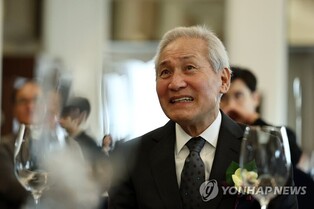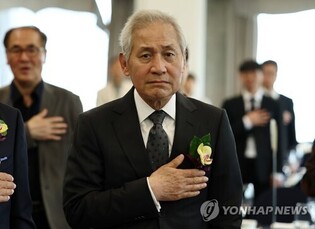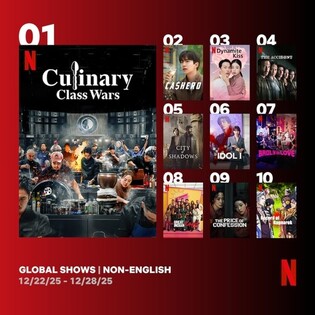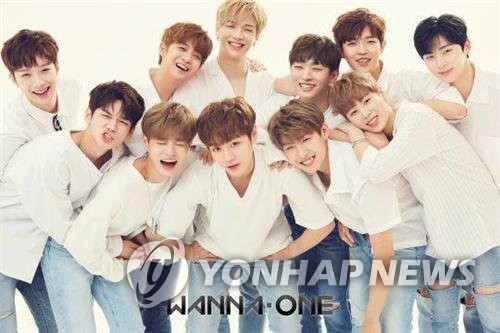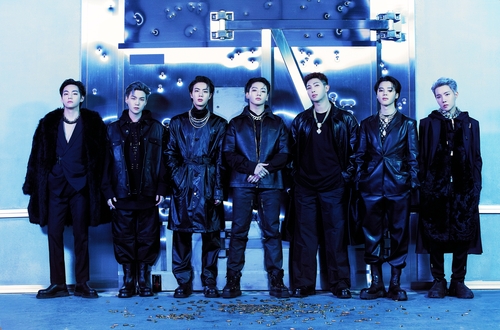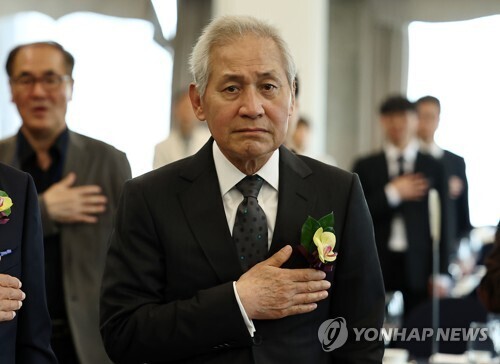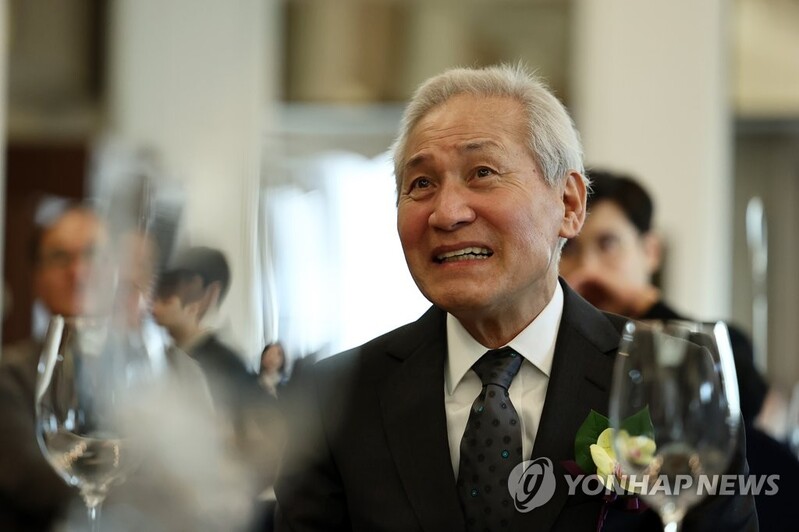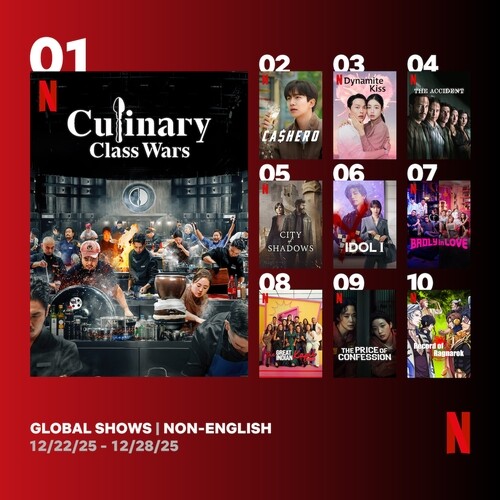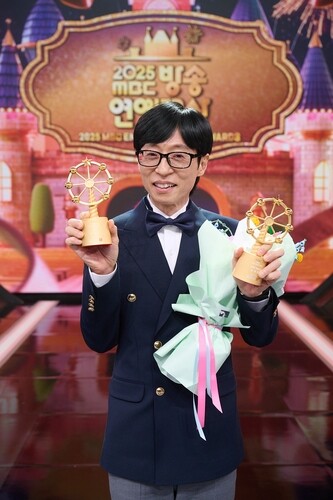*Editor’s note: K-VIBE invites experts from various K-culture sectors to share their extraordinary discovery about the Korean culture.
Scrutinizing AI: Where Does Art Stand in the AI War? (Part 2)
Contributed by Lee Eun-jun (professor at Kyungil University)

With the advancement of artificial intelligence technology, not only have classical arts such as painting, sculpture, and classical music evolved, but contemporary arts like film and media art have also rapidly developed, marking a transformative era.
This progress has brought sweeping changes to the ways in which art is created and consumed. In the field of art, the impact of artificial intelligence has primarily focused on the methods of artistic creation. AI has now established itself as a creative tool for artists, producing works at a level previously unimaginable. It is no longer merely an auxiliary function.
AI can effortlessly generate artistic works that once required a significant amount of diligent labor. It does not only handle simple, repetitive tasks but also produces outcomes that necessitate creative "agony."
Particularly in painting, music, film, and design, AI-generated results offer various approaches comparable to traditional art. At times, the artistic outcomes even surpass human creativity.
Many artists have expressed concerns that technological advancements might undermine the essence of art. However, my perspective is slightly different. As I have mentioned in previous columns, technological progress does not merely pose a threat to art. Classical art continues to maintain its presence and sustain its vitality in its own unique way.
Classical music, too, remains an essential art form despite the transformations of the digital age. When digital audio files and streaming services emerged, it seemed as though physical formats like CDs and tapes had largely disappeared.
Nevertheless, a significant number of classical music enthusiasts still adhere to analog consumption methods. Many of them avoid listening to classical music on YouTube or MP3 files. Instead, they prefer uncompressed audio formats or CDs played through vacuum tube amplifiers, maintaining listening practices from decades ago. In the past, chrome tapes were a preferred format among classical music fans, and the classical music label Seong-eum exclusively produced chrome tapes.
These enthusiasts collect LPs or cassette tapes and enjoy live performances at concert halls, appreciating classical music through traditional means.
 |
| ▲ a vendor displays a Sony Walkman on December 11, 2012, at an electronics store within Pungmul Market in Cheonggye 7-ga, Seoul. On the 10th (local time), U.S. IT media outlet CNET, citing Japanese sources, reported that Sony would discontinue production of its cassette tape Walkman, which it had been manufacturing for the past 33 years, starting in January of the following year. (Yonhap) |
For them, listening to music is more than a passive activity—it is an immersive experience that deepens their attachment to and appreciation of the music itself.
I, too, attended a classical concert in San Francisco. While I frequently go to concerts in Korea as well, my curiosity led me to observe how many people attend the regular daytime classical concerts in San Francisco.
A large audience gathered at the concert to listen to the performance. Even before the performance began, the venue was completely full, leaving many people standing at the back, listening to the music.
In a similar vein, cinema has undergone rapid evolution with the advent of digital technology. The introduction of digital filming techniques, CGI advancements in production, and the rise of streaming services in distribution have significantly impacted the film industry. The methods of both production and consumption have fundamentally changed.
However, these changes have not solely led to negative consequences for the film industry. On the contrary, digital technology has provided filmmakers with opportunities to explore a wider range of genres and styles.
 |
| ▲ Audience gather at the San Francisco Civic Music Association, in this image provided by the author. (Yonhap) |
As a result, audiences are experiencing new forms of storytelling. AI-generated films and short videos are emerging, altering the structure and content of cinema.
New methods of creation and consumption continue to emerge. AI is no longer just an auxiliary tool for traditional filmmaking but is transforming the very nature of storytelling itself. The ability of AI to automatically generate storylines or create dialogue for characters represents a departure from conventional filmmaking approaches.
I, too, am dedicated to developing new storytelling techniques through AI-driven filmmaking, seeking to differentiate them from traditional narratives.
Despite these rapid changes, outdated technologies and media still hold artistic value. As previously mentioned, tapes and tape recorders were once the primary means of listening to music, but today they have become artistic media, essential to certain artists.
This is due to the unique characteristics and limitations of tape. Unlike digital media, tapes offer an analog warmth that cannot be replicated. Their distinct sound and texture provide an artistic experience that differs from modern digital sound.
For this reason, some artists create works using tape recorders, attempting to reinterpret past aesthetics within a contemporary context.
Not long ago, the cinematheque at the National Asian Culture Complex held a special exhibition titled Primal Video True Colors. As someone deeply interested in analog media, I attended the event. To my surprise, the exhibition focused on VHS culture, which had vanished in the transition from analog to digital.
In the Korean film industry, the secondary copyright market—the video tape distribution sector—was an element that could not be overlooked. This is especially relevant now, as K-culture continues to capture global attention.
During the period when VHS was widely distributed, the growth of the video distribution industry was closely linked to film journalism, blockbuster production, and academic film studies. As someone who belonged to the so-called "video kids" generation, I found great significance in this exhibition, even in an era where artificial intelligence dominates. That is why I introduce it in detail here.
The exhibition specifically focused on VHS, a format that has become increasingly difficult to encounter in the history of video media. It highlighted film as a form of content distributed through VHS and examined the cultural landscape in which the public consumed such content.
Most of the VHS tapes featured in the exhibition were from the personal collection of film enthusiast Cho Dae-young from Gwangju, who had amassed a total of 25,000 films. The exhibition showcased not only the classification of these films by genre and region but also elements like promotional text on video cases, age ratings, rental fees, and rental periods in video rental shops. These details provided a fascinating reflection of the cultural atmosphere of that era.
Today, digital media is regarded as the absolute priority, and in this AI-driven age, it is easy to overlook the essence of content itself. However, the fusion of AI technology and culture is not merely about adopting new technologies; rather, it is a process where past and present technologies coexist in harmony, enabling all generations to transcend both historical and technological limitations.
For the new generation, classical concerts, CDs, LP records, and VHS tapes may seem unfamiliar. However, human creativity does not necessarily originate from technology. No matter how much AI advances, the core of content—its essence—will continue to be passed down across generations.
Even today, countless artists draw inspiration from the words of Hippocrates, spoken over 2,000 years ago: Ars Longa, Vita Brevis ("Life is short, but art is long"). It is important to note that the term Ars originally meant "skill" or "craft" rather than simply "art" in a modern sense, implying that art and technology were never meant to be considered separately.
AI stepping into the domain of Ars is not a mere coincidence—it may have been inevitable all along.
(C) Yonhap News Agency. All Rights Reserved








